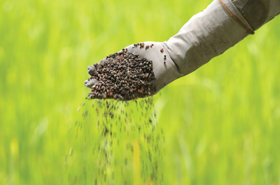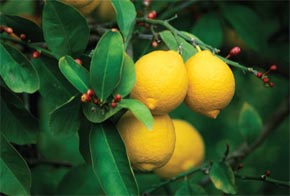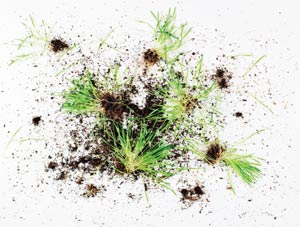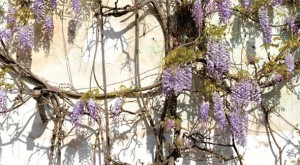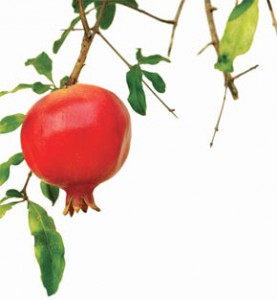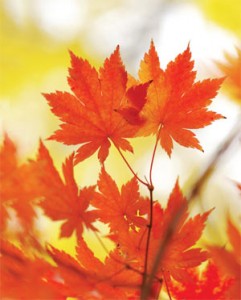Q. I have two strawberries on separate plants that have small leaf-like structures growing out from the surface of the berries. What causes this and are the berries okay to eat?
A. Strawberries are one of the few berries where the seeds form on the outside of the fruit; hence, they are not considered a true berry. True berries form their seeds inside the fruit. The leaf-like structure is an immature leaf that has germinated. Typically, the seeds on strawberries are sterile but on rare occasions they do sprout. I can’t tell you what triggers this event. All of the strawberry plants available today are propagated from vegetative cuttings or division. But, you can purchase seeds for both alpine and traditional strawberries online. The seeds formed from these variety maybe more incline to sprout on maturing berry. Strawberry leaves are non-toxic so I just rub them off when they appear. Strawberry leaf tea is most commonly used to improve digestion throughout the digestive tract
Q. In April, I planted several Heirloom, Brandywine tomatoes. The plants are producing plenty of flowers, but they’re drying up and falling off before they set fruit. Could you tell me what might be causing this?
A. It is early for the fruit set on Brandywine tomatoes so I wouldn’t be pushing the panic button just yet. It’s not unusual for the first group of flowers to fall off and fail to set fruit. You should expect to see tomatoes by the end of the month or early July. Tomatoes primarily fail to set fruit because of cool nights and or the lack of pollination. Another issue can be excessive nitrogen causing the plants to grow rapidly. I don’t think this is an issue since there was no mention of any excessive growth. Tomatoes like constant nighttime temperatures above fifty-five degrees. The marine influence is a major factor in delaying the formation of tomatoes. The closer you’re to the water the more problematical it can be. Warm days generally translate into warm nights inland so the fruit set occurs as expected. You need to be selective as not all tomato varieties produce well in all of our many microclimates.
Unlike other edibles, fertilization and pollination does not occur simultaneously in tomatoes. They’re two separate events. Once pollination occurs a pollen tube must form to transfer the pollen down to the base of the flower where fertilization occurs and tomatoes form. The cool nights slow the tube formation. After four days, the flowers drop off whether or not fertilization has occurred. The chief pollinator of tomatoes is the wind and not bees. We normally have enough of an afternoon breeze to do the trick; however, poor air circulation can still be a problem. You can aid Mother Nature by gently shaking the plants. The best time to do this is midday. Another option is to spray the open blossom with Blossom Set. It is successfully used on melons, squash, and cucumbers where pollination is a problem.
Buzz Bertolero is Executive Vice President of Navlet’s Garden Centers and a California Certified Nursery Professional. His web address is www.dirtgardener.com and you can send questions by email at dirtgarden@aol.com or to 360 Civic Drive Ste. ‘D’, Pleasant Hill, Calif. 94523 and on Facebook at Facebook.com/Buzz.Bertolero

